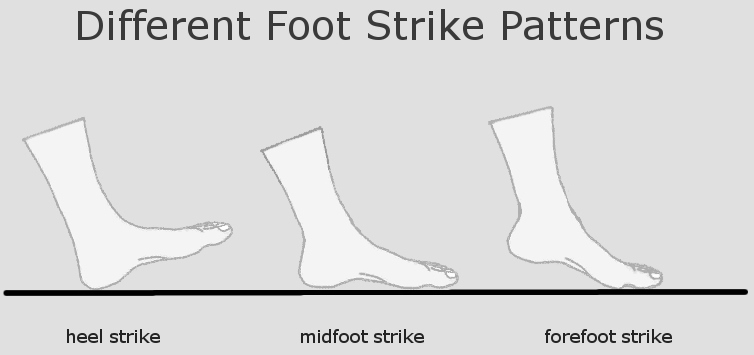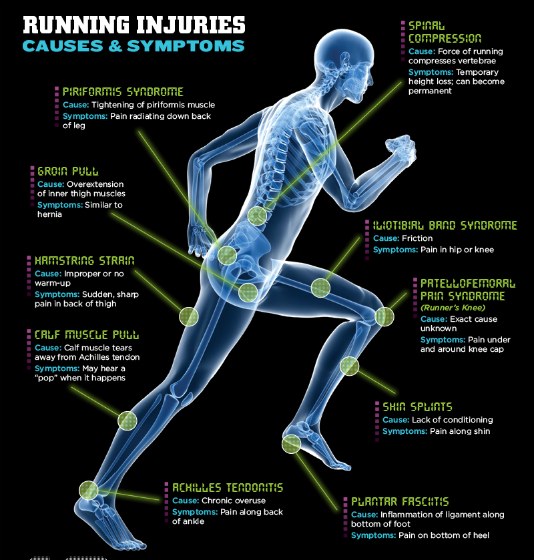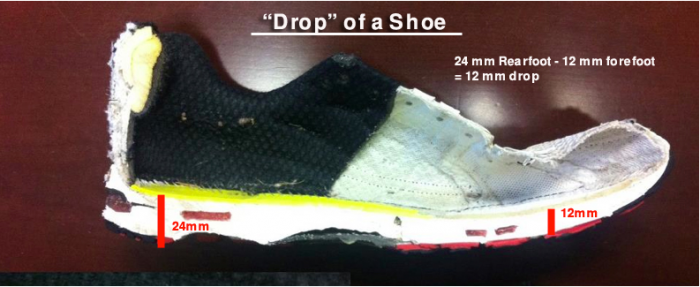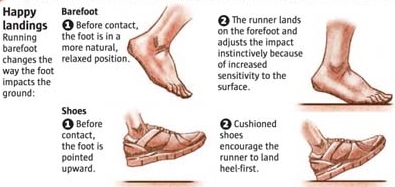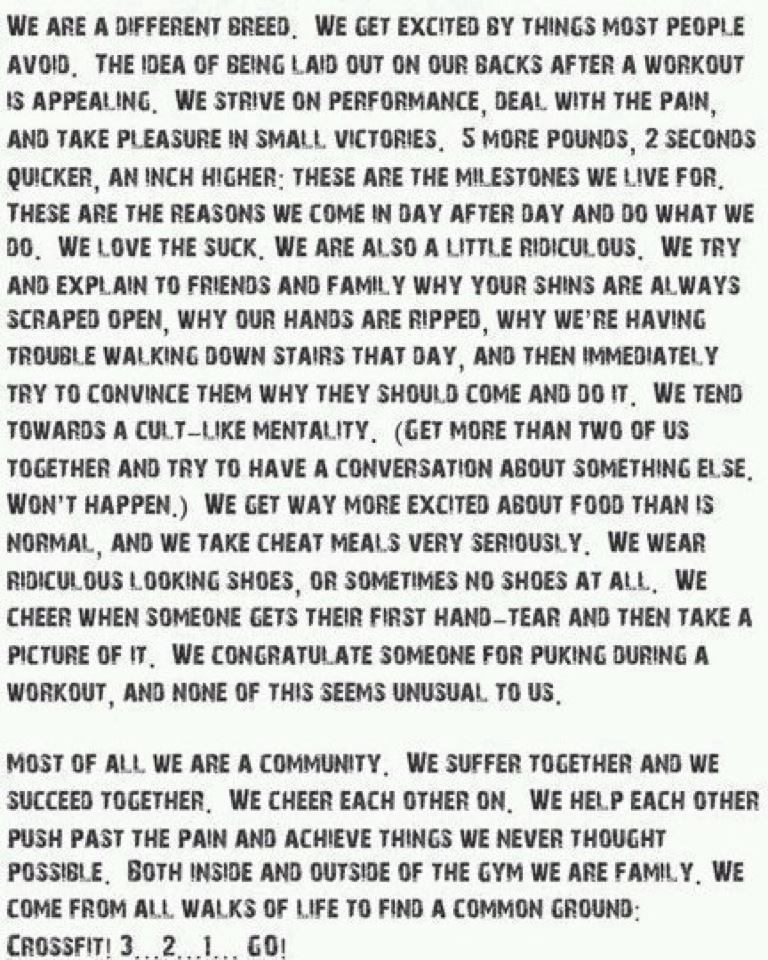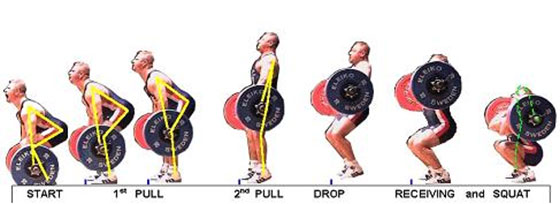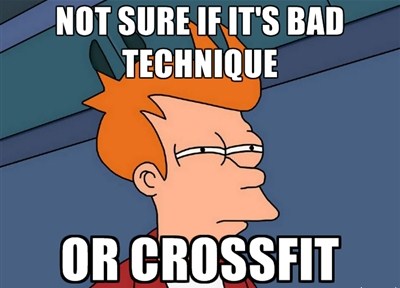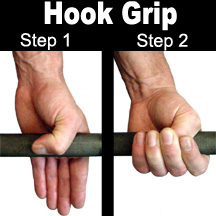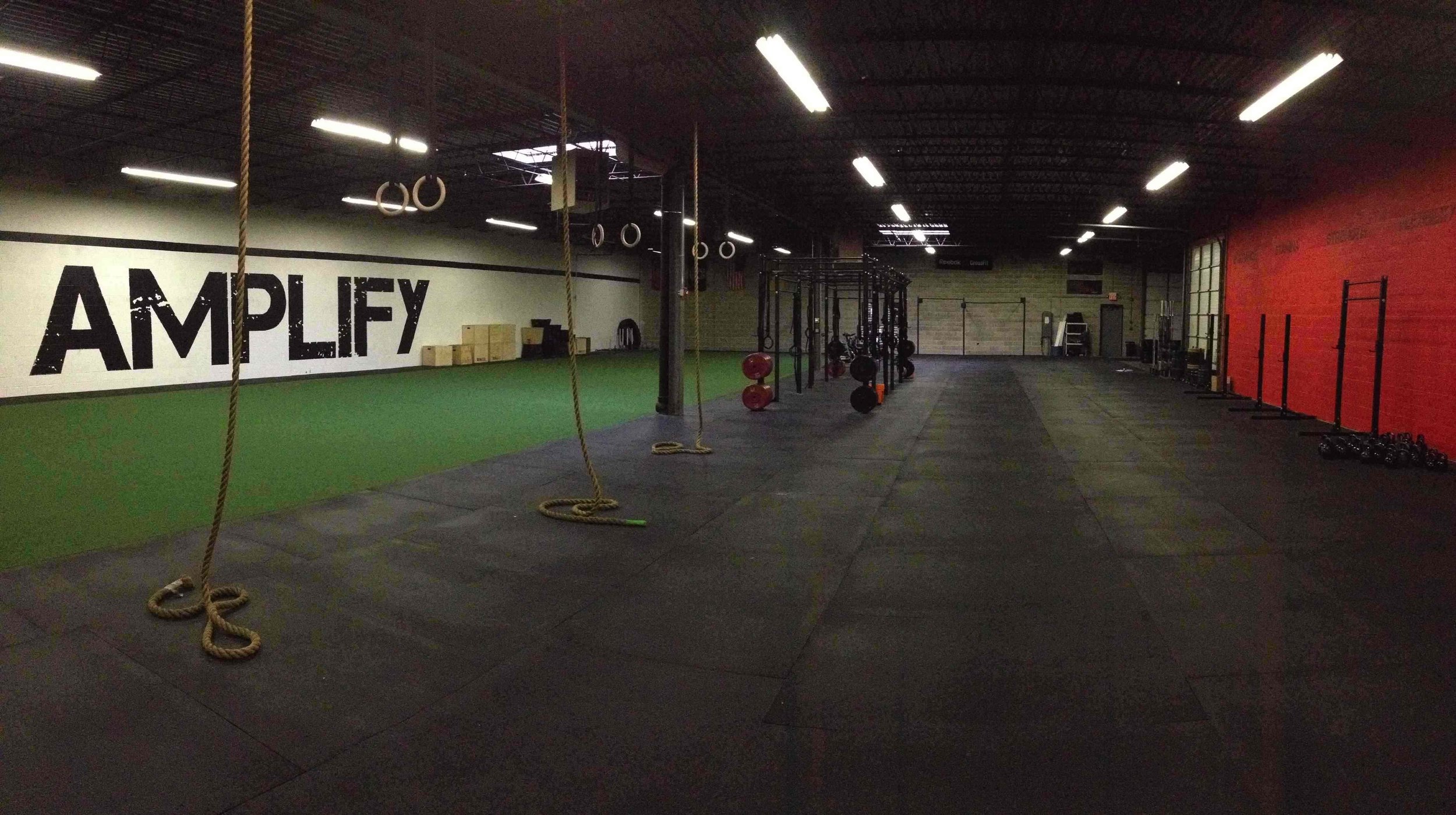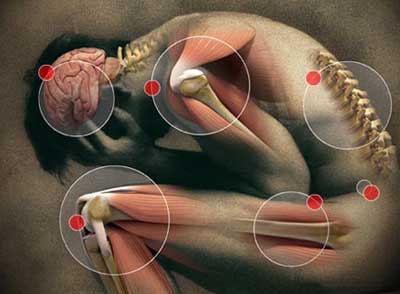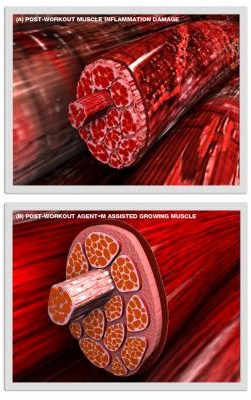Running
In this second of a three-part series on "Running," we'll examine form & efficiency.
Part 1 looked at shoes and footwear, and Part 3 will discuss workouts and programming. The goal is to skim the surface of running culture, and especially to provide a starting point for beginners or those who have been facing nagging injuries (or a lack of success).
Part 2: Form & Efficiency
While running, only one thing has contact with the ground at any given time. Your foot. Just one foot, otherwise we've got more to work on than form and efficiency. It's this bipedal movement that sets us apart from four legged animals, so it made sense to focus a bit on footwear in Part 1. The next natural topic to examine would then be the best and most efficient way to move quickly while running.
To correct bad running form, sometimes we put the proverbial cart before the horse.
We worry about little things instead of major items. It's backwards thinking. We can't worry about a leaky sink if the house is on fire.
If anything, people say things to each other like "use your arms" or "keep the knees up." Both coaching cues are generally useless, unfortunately. It's like an inexperienced coach telling people to look up while squatting. Maybe it works... most likely it doesn't. We want the chest and torso up during a squat, not just the cervical neck. To fix the form of movement itself, we need to address the root of the exercise. "Globally" and then "locally," as termed by exercise physiologists like Kelly Starrett.
The same applies for running.
Funny enough, our bodies can actually find the most efficient way to move fast on our feet with extended exposure to the movement. Especially as a developing child. The more a person runs, the more their gait fixes itself, in a way. The body needs to process oxygen and cellular energy in the form of ATP, and also limit the impact of landing with gravity by absorbing that force through the foot into the leg. The two concepts in play here are running economy (oxygen uptake) and running efficiency (movement of the body).
In basic terms, if the body is spending extra energy or feeling the negative impact of running, it usually adapts.
Economy is developed with metabolic conditioning. While running economy requires a specialized development that a person can acquire through running workouts, conditioning can also be achieved in many ways besides just running. This will be discussed in Part 3.
With all this said, let's dive in to the smoke-filled world of running efficiency. Hardhats on. We've got some fires to put out.
Included below is a quick checklist; coaching is never one-size-fits-all in its philosophy. Just like a person's Clean & Jerk might look different in set up and form from their training partner, the same can be said for running. So let's understand that this is a simplified start. PLUS, the flipside and confusing part of this checklist is that there are many elite endurance runners who in fact have tendencies contradictory to these recommendations that wouldn't otherwise be taught or work for most runners out there. This just proves the point that each person is slightly different and in-person coaching is necessary.
Top 5 checklist that will set any runner off right:
1. Posture
- Stay tall. Focus your gaze straight ahead as much as possible.
- Keep your head at a steady height. This will help lessen the impact of landing. If we look at a runner's head and draw a line following the top of the head over a certain distance, is shouldn't travel up and down much at all. The term for this is oscillation.
- Keep the arms high and tight, but relaxed. Unless you are all-out sprinting, close the angle of the bent arm to less than 90 degrees.
- Watch so that the arms don't cross your midline, causing unnecessary action in front of the body. You don't have to move your arms as much as most people think... especially during longer runs.
2. Fall
- Bend at the ankle, not the hips. Keep the midline as intact as a Deadlift... pubic bone to sternum distance really shouldn't close too much while running.
- Use gravity. Let the biggest force in effect here work for your benefit.
3. Pull
- Pull the knee in front by using the hamstring. But only pull the foot under the butt high enough to make the next landing under the hips. (See #4.)
- Relax feet at the ankle joint. They should not point, and definitely should not pull up toward shin.
4. Land
- Run light. Avoid pounding or loud feet.
- Instead of reaching out in front of you, which ends in a pretty gruesome heel strike that travels through the knee to the hip, keep a steady running cadence with feet under the hips.
5. Cadence
- Aim for a running cadence somewhere around 180. To find your cadence, count the number of one foot strikes in 20 seconds and multiply by 6.
- Avoid taking strides that are too big. This is a misconception for more speed.
Other resources for good running form include Chi Running, Pose Running, and CrossFit Endurance.
While we're at it, we might as well break down the door to a few common running injuries. Axe in hand, let's very quickly address the burning issues some runners experience.
Crash course on running injuries, as they relate to mistakes in form:
• Get shin splits? Might be because you flex your foot up at your knee for miles at a time. That can fry out your muscles/connective tissue at the front of your lower leg.
• Get knee pain? Might be because you heel plant or your IT bands are tight. Get a foam roller on your IT's as much as you can. Check here for ideas.
• Get achilles pain? Few things: Might be you're scared to heel plant and have now started tiptoe running or you forefoot land too much. Or else your tight calves have transferred pain to the tendon. Or you just started into minimal footwear and went too drastic, causing a stretching of the achilles your body wasn't quite prepared for.
And so we have it. Running. All in all a much more enjoyable experience once you gain speed and endurance and can run injury free. We called the fire department to put out those blazing problems and can now get to fixing the little things. Next steps: learn more about yourself and what works and doesn't work, find an experienced coach to help, or contact us for a running analysis if you'd like.
Be sure to check out the "Running" finale in Part 3, where we'll focus on workout basics and programming quality runs into your week.
Then you'll be off and running like your hair is on fire.
- Scott, 8.4.2013




